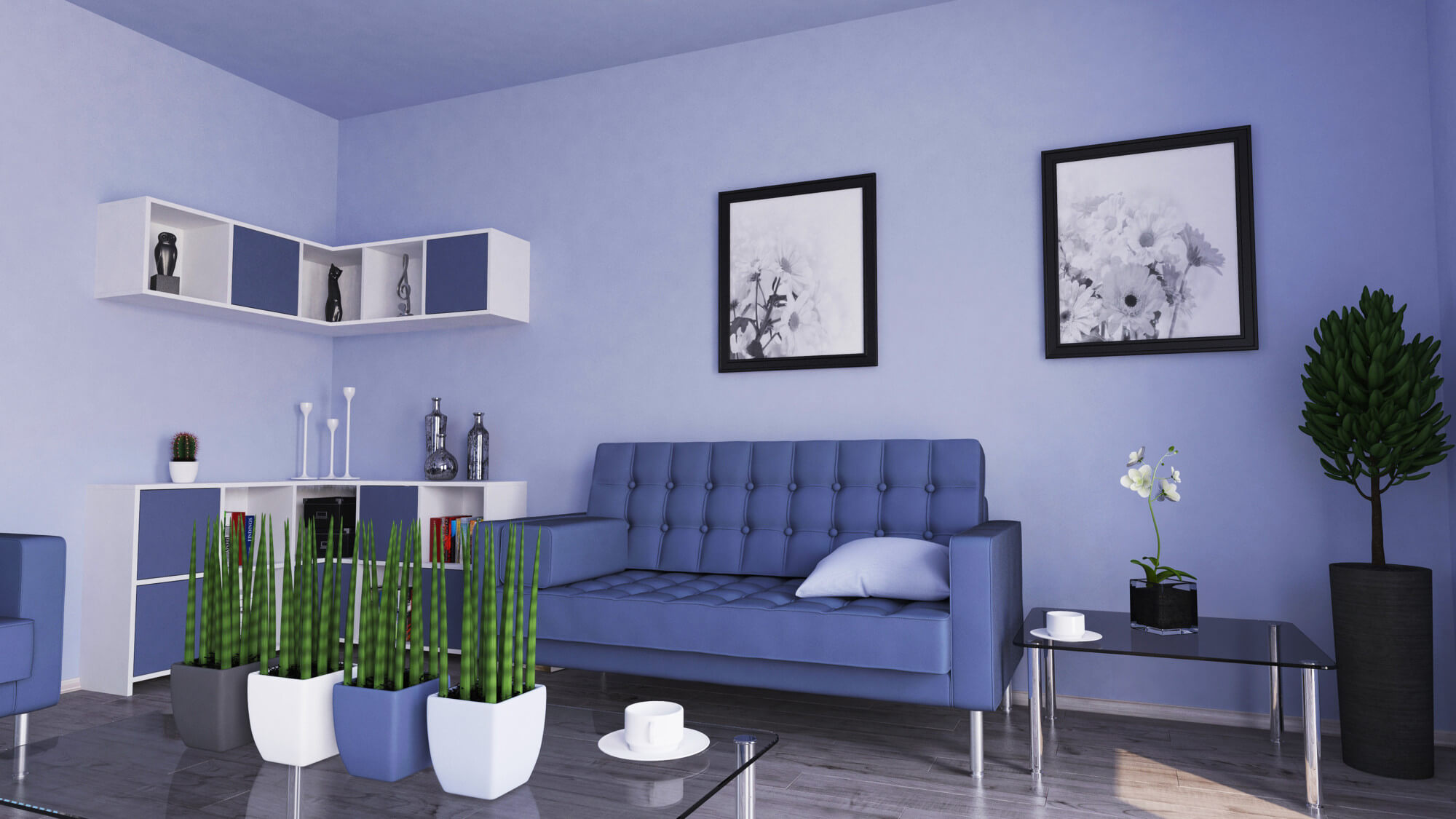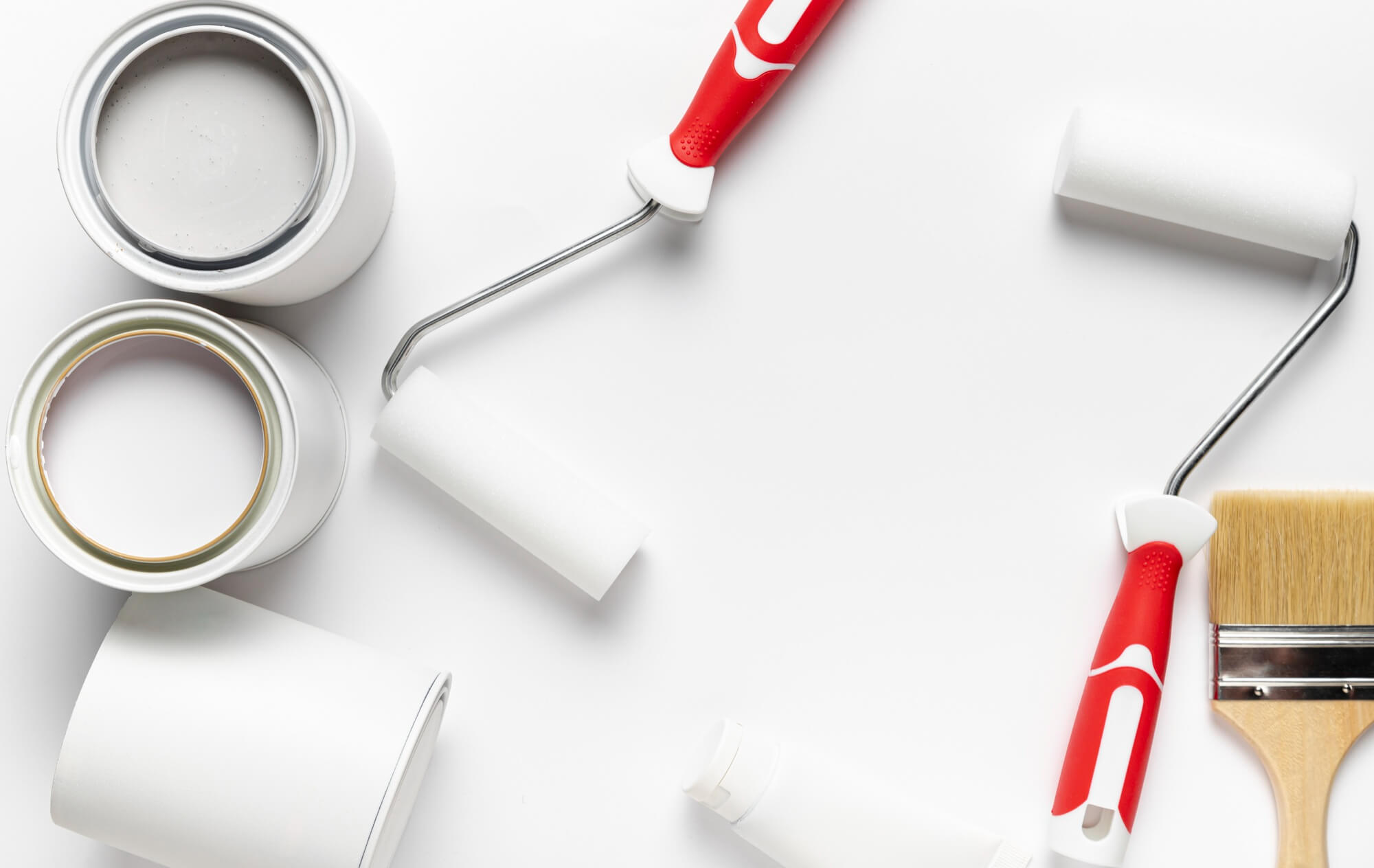The same color of paint for the ceiling and walls can make a cohesive and visually appealing space. Whether you want to make a room feel larger, create a calming atmosphere, or achieve a unique design effect, this technique can be an effective solution. In this article, brought to you by Weiler Painting, we’ll guide you through painting your ceiling and walls the same color.
Advantages of Painting Ceiling and Walls the Same Color
Before diving into the painting process, let’s explore the benefits of this design choice:
Creates a seamless look: Painting the ceiling and walls the same color can create a smooth, unified appearance, making a room feel more expansive.
Simplifies the painting process: Using a single color can save time and effort by lowering the need for meticulous cutting-in at the edges.
Enhances specific design styles: This technique works well in modern, minimalist, or industrial design schemes where simplicity and cohesion are crucial elements.
Step 1: Choose the Right Color
Selecting the perfect color for your space is crucial. Consider these factors:
Room size: Lighter colors can make a room feel larger, while darker colors may create a more intimate atmosphere.
Lighting: Consider the room’s natural and artificial lighting when selecting a color, as it can significantly impact the color’s appearance.
Personal taste: Choose a color you enjoy that complements the room’s furnishings and décor.
Step 2: Prepare the Room
Proper preparation is essential for a triumphant painting project. Follow these steps:
Remove furniture: Clear the room of furniture or move it to the center and cover it with drop cloths.
Protect the floor: Lay down drop cloths or plastic sheeting to protect your feet from paint spills.
Clean the surfaces: Wipe down the walls and ceiling with a damp cloth to remove dust and debris.
Step 3: Gather Your Tools and Materials
Ensure you have the following items for the project:
Paint: Purchase enough paint in your chosen color to cover the walls and ceiling.
Primer: If necessary, use a suitable primer for better paint adhesion and coverage.
Paint rollers: Use one for the walls and a separate one with an extension pole for the ceiling.
Paintbrushes: Choose angled brushes for cutting in and detail work.
Painter’s tape: Use it to mask off baseboards, trim, and any areas you want to protect from paint.
Ladder: A sturdy ladder will help you safely reach the ceiling and upper wall areas.
Step 4: Apply Primer (if needed)
Priming your walls and ceiling before painting can improve paint adhesion and coverage. Follow these steps:
Choose the proper Primer: Select a primer compatible with your paint and surface type.
Apply the Primer: Start with the ceiling, then move on to the walls. Let Primer parch according to the manufacturer’s instructions.
Step 5: Paint the Ceiling
Begin by painting the ceiling to avoid dripping paint onto freshly painted walls:
Cut in: Use an angled brush to paint a 2-3 inch border around the edges of the ceiling.
Roll the paint: Using a roller with an extension pole, paint the ceiling in a consistent, even layer. Work in sections and use overlapping strokes.
Step 6: Paint the Walls
Once the ceiling is dry, move on to the walls:
Cut in: Use an angled brush to paint a border around the edges of the walls, where they meet the ceiling, baseboards, and trim.
Roll the paint: Paint the walls using a roller, working in sections and using overlapping strokes for even coverage.
Step 7: Apply Additional Coats and Touch-Up
Depending on the paint and color you’ve chosen, additional coats may be necessary for complete coverage:
Let the paint dry: Follow the manufacturer’s instructions for drying time between coats.
Add additional coats: If needed, apply a second or third coat of paint to the ceiling and walls, allowing for proper drying time between coats.
Touch-up: After the final coat is dry, inspect the surfaces for any uneven areas or missed spots. Use a small brush to graze up these areas.
Step 8: Clean Up and Reassemble the Room
Once the paint is completely dry, you can finish the project:
Remove painter’s tape: Carefully peel off the painter’s tape from baseboards, trim, and other protected areas.
Clean brushes and rollers: Wash them with water and soap (for water-based paints) or paint thinner (for oil-based paints) and store them properly for future use.
Dispose of waste materials: Follow local regulations for disposing of paint, Primer, and other waste materials.
Reassemble the room: Move furniture back into place and rehang artwork, curtains, and other decorations.
Following these steps, you can successfully paint your ceiling and walls the same color, creating a unified and visually appealing space in your home.



